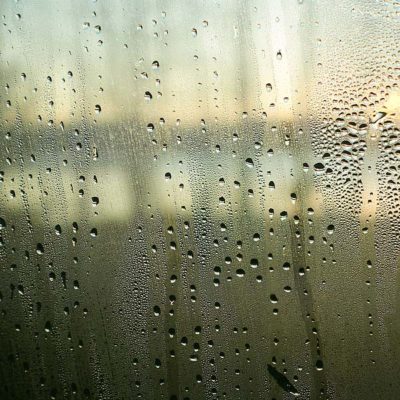When researching ways to protect your home from humidity damage, you may come across whole-house dehumidifiers.
They offer an easy and effective way to lower indoor humidity levels. Like all dehumidifiers, whole-house dehumidifiers remove moisture vapor from the air. As airborne moisture decreases, so will your home’s humidity levels.
Whole-house dehumidifiers, however, leverage your home’s heating, ventilation and cooling (HVAC) system to offer a more complete level of dehumidification.
What Is a Whole-House Dehumidifier?
A whole-house dehumidifier is a dehumidifying device that works in conjunction with an HVAC system to remove moisture vapor from the air inside of a home.
As air travels through it, the whole-house dehumidifier will extract moisture vapor from it. This moisture vapor will then be drained to your home’s exterior.
Whole-House Dehumidifiers vs Portable Dehumidifiers
It’s important to note that a whole-house dehumidifier isn’t the same as a portable dehumidifier.
Portable dehumidifiers have a simpler method of operation. They are standalone dehumidifying devices that you can pick up and move. In comparison, whole-house dehumidifiers are more complex. To use a whole-house dehumidifier, you’ll need to have it installed in your home’s HVAC ductwork.
Whole-house dehumidifiers are able to dehumidify your entire home because they are installed in the HVAC ductwork.
Assuming you have a central HVAC system, it should feature ductwork. This ductwork will serve as the installation location for a whole-house dehumidifier. Once installed in the ductwork, it will dehumidify all of the air that travels through the ductwork.
How Whole-House Dehumidifiers Work
Whole-house dehumidifiers work by cooling the air that passes through the ductwork.
When heat is removed from the air, condensation will develop. This is essentially how whole-house dehumidifiers remove moisture vapor from the air. They’ll cool the air as it travels through the ductwork.
At the same time, whole-house dehumidifiers will collect and drain the condensation. The removal of this condensation will result in lower humidity levels.
Of course, a whole-house dehumidifier isn’t always necessary. Your AC system should provide dehumidification as well.
AC systems create condensation in a similar way as dehumidifiers. As they remove heat from the air, they’ll create condensation at the evaporator coil.
If your AC system isn’t keeping your home’s humidity levels in check, though, you may want to get a whole-house dehumidifier installed. It will leverage the ductwork to provide a more complete dehumidification process that protects your home from high humidity levels.
If you are experiencing a problem with your air conditioning or heating call us at 512-336-1431 to schedule an appointment. We’ll be glad to come out and take a look at the issue.
1431-183 A/C & Heating proudly serves Round Rock, Georgetown, Cedar Park, Pflugerville, Leander, Liberty Hill, and North Austin.

